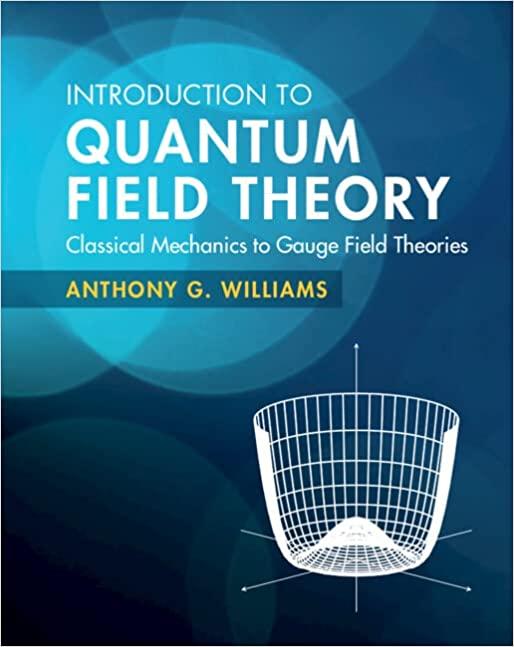Consider the proton-proton collisions in the Large Hadron Collider. Assume that: improved beam optics gave an improved
Question:
Consider the proton-proton collisions in the Large Hadron Collider. Assume that: improved beam optics gave an improved luminosity reduction factor \(F_{\text {red }}=0.88\) and a transverse beam size of \(15 \mu \mathrm{m}\), average time spacing between bunches reduced to \(24 \mathrm{~ns}\), and the initial protons per bunch increased to \(1.3 \times 10^{11}\). Calculate the following:
(a) the number of proton bunches in each beam,
(b) the peak luminosity,
(c) the peak rate of detectable events,
(d) the peak number of detectable events per bunch crossing and
(e) the approximate peak observed rate for diphoton events coming from Higgs decays.
Fantastic news! We've Found the answer you've been seeking!
Step by Step Answer:
Related Book For 

Introduction To Quantum Field Theory Classical Mechanics To Gauge Field Theories
ISBN: 9781108470902
1st Edition
Authors: Anthony G. Williams
Question Posted:





